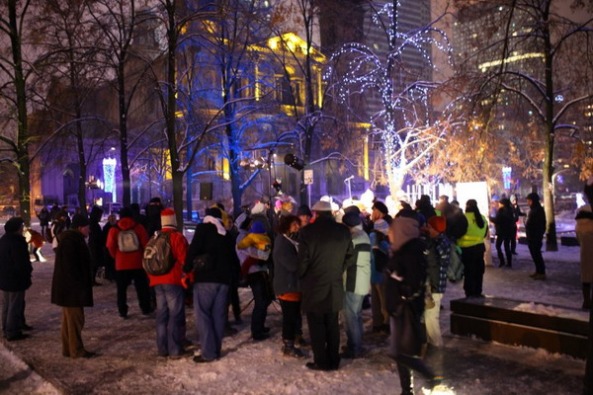After the Warsaw Ghetto Uprising the area of the battle was leveled to the ground…. In 1945 the former Ghetto was literally the ocean of rubbles estimated for 3 million cubic meters capacity. The new residential district was built on top of them after the war…. the basements of demolished houses as well as the sewers and underground shelters usually were not searched… How many mysteries and secrets are hidden underground?
Marek Edelman, the commander of military Jewish underground – Jewish Fighting Organisation (Polish: Żydowska Organizacja Bojowa – ZOB) and BUND member, who died in 2009 – personally dug the the party’s documents in the cellar of the building at 40 Swietojerska Street, shortly before the outbreak of the Warsaw Ghetto Uprising. The building was standing next to the “Brush Workshop” area where he fought as the commander of ZOB units from April 19, 1943 (Warsaw Ghetto Uprising).
Due to almost total destruction, this area was aligned and changed after the war – the fighting area is now the property of the Chinese Embassy with beautiful Chinese Garden, former 40 Swietojerska Street house would now be located in expanded Krasinski Gardens…. one of the historic public parks in Warsaw… The building foundations and basement walls still remain deep in the soil.
As the park has been recently revitalizing an idea to search for the Bund Archives was born. The documents have not been found so far but the cellars of the former building at 40 Swietojerska Street were excavated and revealed other secrets…. human remains found in the basements, a dried loaf of bread and a pot with grain were fairly uncommon discoveries. Two dozen objects recovered from the tenement site, still dusty with soil or rusted before conservation were displayed for the press conference in January 2014: a vacuum tube radio for receiving illegal wartime broadcasts, a child’s cup with colorful figures, a massive iron fitting that may have twisted in the building’s collapse and many others.
The works are to be continued….
What was found underground:
source of all photographs > TheMuseum of Warsaw > http://muzeumwarszawy.pl/poszukiwania-archiwum-bundu/





























































































































